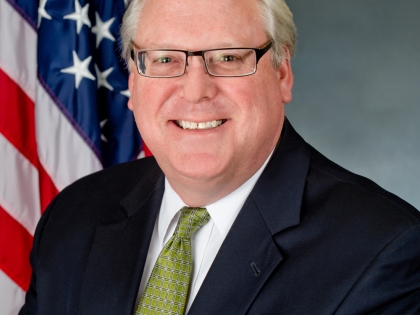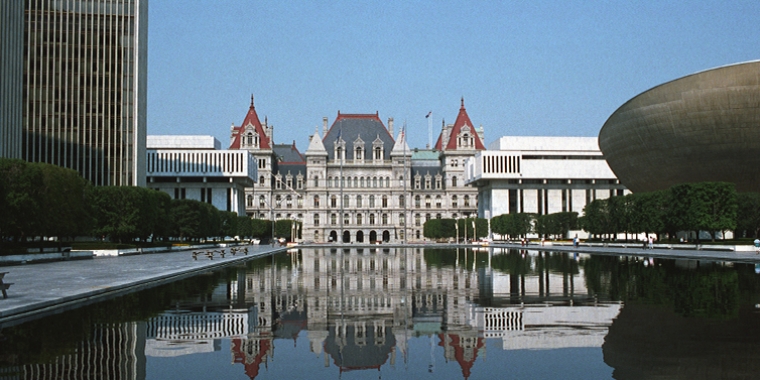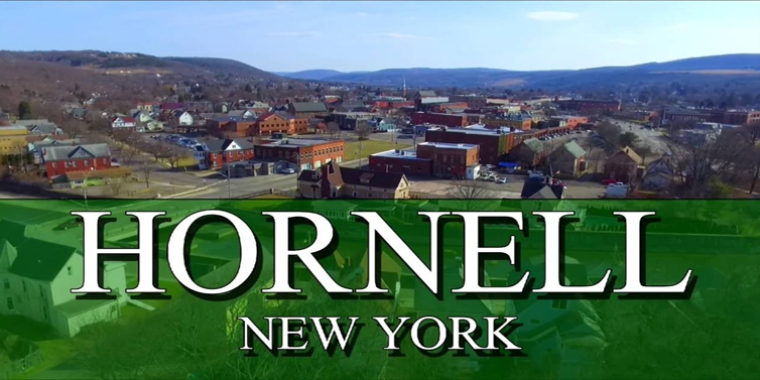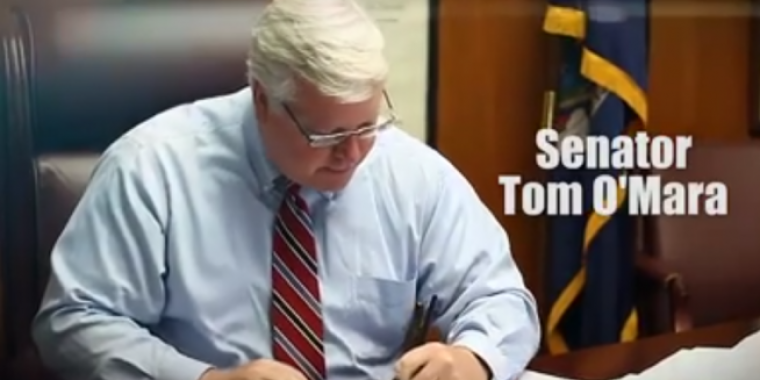
Senator O'Mara's weekly column 'From the Capitol' -- for the week of July 24, 2023 -- 'New York's energy plan will make it hotter than ever'
July 27, 2023
-
ISSUE:
- CLCPA; clean energy mandates

Senator O'Mara offers his weekly perspective on many of the key challenges and issues facing the Legislature.
Senator O'Mara offers his weekly perspective on many of the key challenges and issues facing the Legislature, as well as on legislative actions, local initiatives, state programs and policies, and more. Stop back every Monday for Senator O'Mara's latest column...
This week, "New York's energy plan will make it hotter than ever"
There’s nothing like a summer heat wave to focus attention on the need for reliable sources of energy.
Unfortunately, according to a recent analysis from the New York State Independent System Operator (NSYIO), which essentially functions as the overseer of a reliable energy supply for all New Yorkers, the current rush by Governor Hochul and legislative Democrats to ensure the state’s energy supply goes zero-emissions in the very near future is not dependable.
In its latest “Short Term Reliability Analysis,” NYSIO finds that New York City, for example, will likely find itself woefully short on power in just two years. The report finds that “factors driving New York City’s reliability need in 2025 include increased electrification of the transportation and building sectors, continued economic growth following the pandemic, and the unavailability or retirement of select generators (emphasis mine) under the New York State Department of Environmental Conservation’s (DEC) emissions limits.”
In other words, the state’s rapid disavowal of any and all fossil fuel-related sources of power in this state, coupled with the continued shutdown of nuclear energy facilities, spells trouble for keeping New Yorkers, in cities and elsewhere, warm in the winter and cool in the summer.
This looming shortfall in the state’s supply of electricity is the report’s key warning. New York is leaping into the energy unknown and the consequences are not just alarming, they could be catastrophic. As noted by the Empire Center for Public Policy in its own assessment of the latest NYSIO report, the mistakes being made here are not in setting goals for a clean energy future -- most of us agree on this overarching goal -- but in trying to grasp at that future “before developing reliable replacement sources of power.”
We should be opening the door to anything and everything that will reduce emissions, especially those things that can become real right away. It is greener to actually reduce emissions using natural gas and other lower emission technologies than it is to make an unfulfillable promise about being renewable in 2040 and not doing all we can now to reduce emissions. Perfect is the enemy of the better in the meantime under the Albany Democrats’ climate agenda.
New York's climate plan has the cart before the horse indeed. In the two years following the state's closure of the Indian Point nuclear plant, greenhouse gas emissions in Zone J, the New York City electric grid, went up 47% due to the increased use of oil burning peaker plants. Nobody has been properly held to account for that (not Andrew Cuomo, the state Public Service Commission (PSC) and DEC, the climate zealots, or RFK, Jr.). If it were a corporation that discharged such emissions and you used DEC's own impact-based enforcement guidelines, the closure of Indian Point would be the worst environmental crime in state history.
The Empire Center concludes in its own recent analysis, “This ‘shutdown first, replace later’ model was a major cause of rolling blackouts on the West Coast, but New York authorities didn’t bother to learn from California’s experience. Simple common sense would indicate that the wise approach would be to find assured sources of reliable and dispatchable electricity production before taking critical power plants offline. Sadly, common sense was the first victim of New York energy policy. Even more sadly, it won’t be the last.”
It echoes what our Senate and Assembly Republican conferences have been saying all along, especially once we saw Governor Hochul moving full speed ahead without any idea of what the consequences would truly be for affordability, feasibility, and reliability.
Last week I joined my Republican colleagues on the Senate Energy Committee to urge the PSC include additional energy sources and innovative technologies in the definition of “zero emissions sources” when it comes to the state meeting its far-reaching mandates under the current “Climate Leadership and Community Protection Act (CLCPA). We should not turn our collective back on the reasonable utilization of hydrogen, nuclear, renewable natural gas, bioenergy, and other new and emerging technologies to ensure the most effective, affordable, and reliable transition for all New Yorkers.
We wrote, “As a Conference, we have advocated for a comprehensive reliability study to ensure the State’s electricity grid can handle the mandates under the CLCPA and recommendations made in the Climate Action Council’s Scoping Plan for transitioning to a zero-emissions electricity grid by 2040. We have also advocated for an approach of using any energy source which will help the State reduce emissions.”
New York State has been a leader in clean energy and reducing emissions and we should continue our advancement. The trouble has been that Governor Hochul took the reins from former Governor Cuomo on a plan that has certainly been politically driven but has never included a straightforward cost-benefit analysis of its feasibility, affordability, or reliability.
New Yorkers are left facing mountainous costs and dire consequences.
###
Share this Article or Press Release
Newsroom
Go to Newsroom
October is Breast Cancer Awareness Month: Find Out More
September 30, 2019

October is Domestic Violence Awareness Month: Find Out More
September 30, 2019

